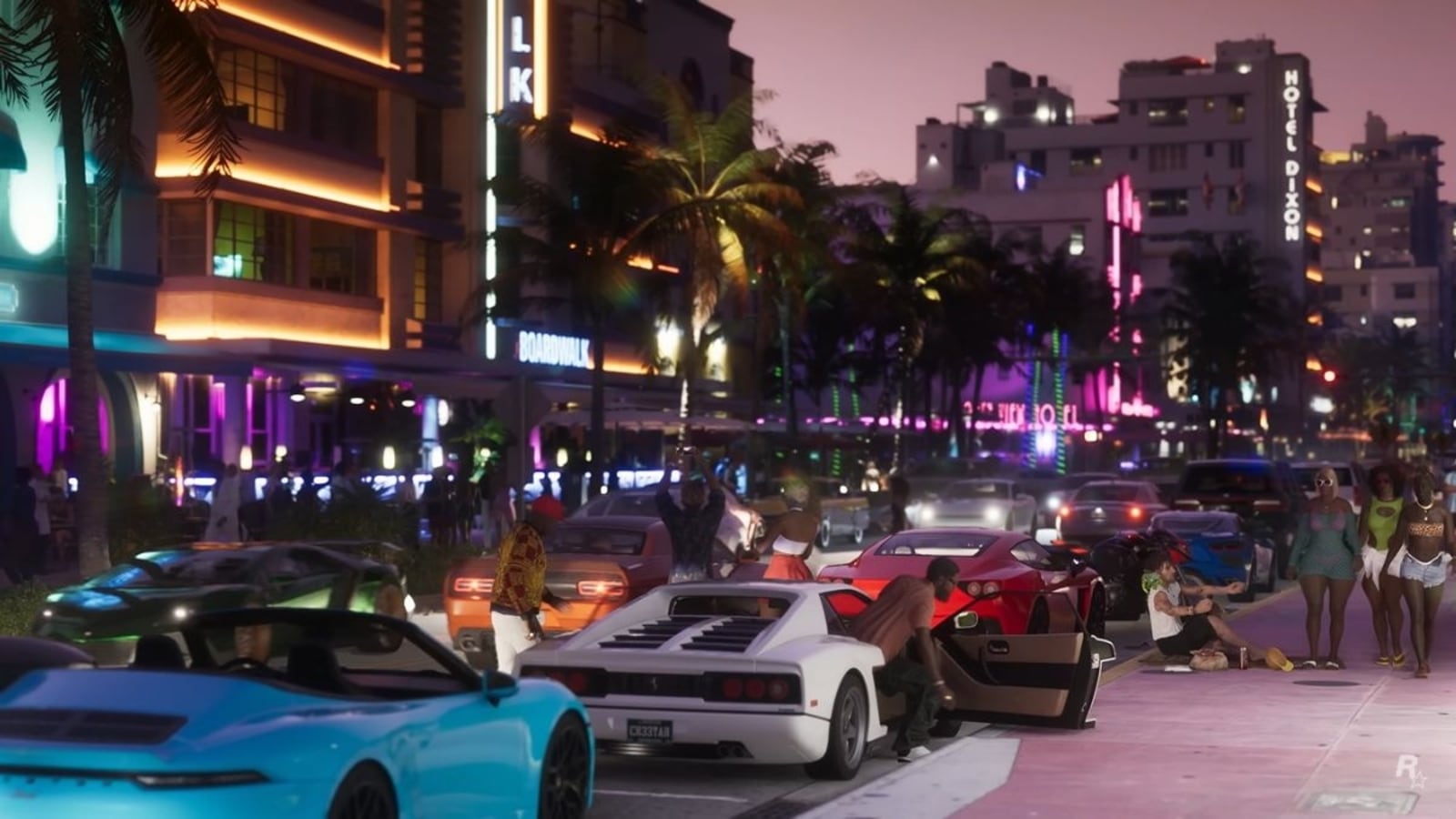“Radicalized might be too strong of a word, but the studios, by doing that, made people even more unified,” said Tom Szentgyorgi, whose credits range from “The Mentalist” to “NYPD Blue.”
First-day enthusiasm notwithstanding, writers will find it no small task in coming weeks to block a production apparatus that, in the Los Angeles area alone, is spread across more than 100 studio facilities, several hundred postproduction houses and numerous location shoots that move from day to day. Hollywood’s most recent strike, in 2007, stretched for more than three months. The 2007 strike was in winter, when daytime temperatures in Los Angeles are in the 60s. The upcoming summer in Burbank, however, means 100 degree days, day after day.
Irene Turner, a veteran of the 2007 strike, was a bit weary after three hours of trudging in the sun outside Disney on Tuesday. But she was nowhere close to calling it quits. “This is super good for me because I sit on my butt on a laptop,” she said.
Ms. Turner, whose credits include the 2017 Netflix film “The Most Hated Woman in America,” called the strike “necessary and miserable,” adding that “a lot of people will get hurt.” The 2007 strike cost the Los Angeles economy an estimated $2.1 billion, with small businesses supporting television and film production also crunched.
Kevin Yee, an actor (“Dickinson”) turned screenwriter who was pumping his sign up and down furiously outside Warner Bros., said he was nervous about how long a strike could last.
“It felt like the producers wanted us to strike,” Mr. Yee said. “They’ve stopped greenlighting a lot of things in anticipation of this. So there wasn’t a lot for me to do anyways. With the current state of things, there is no hope for this industry unless they step up and they make this a sustainable career. So to me, I have nothing to lose.”
























